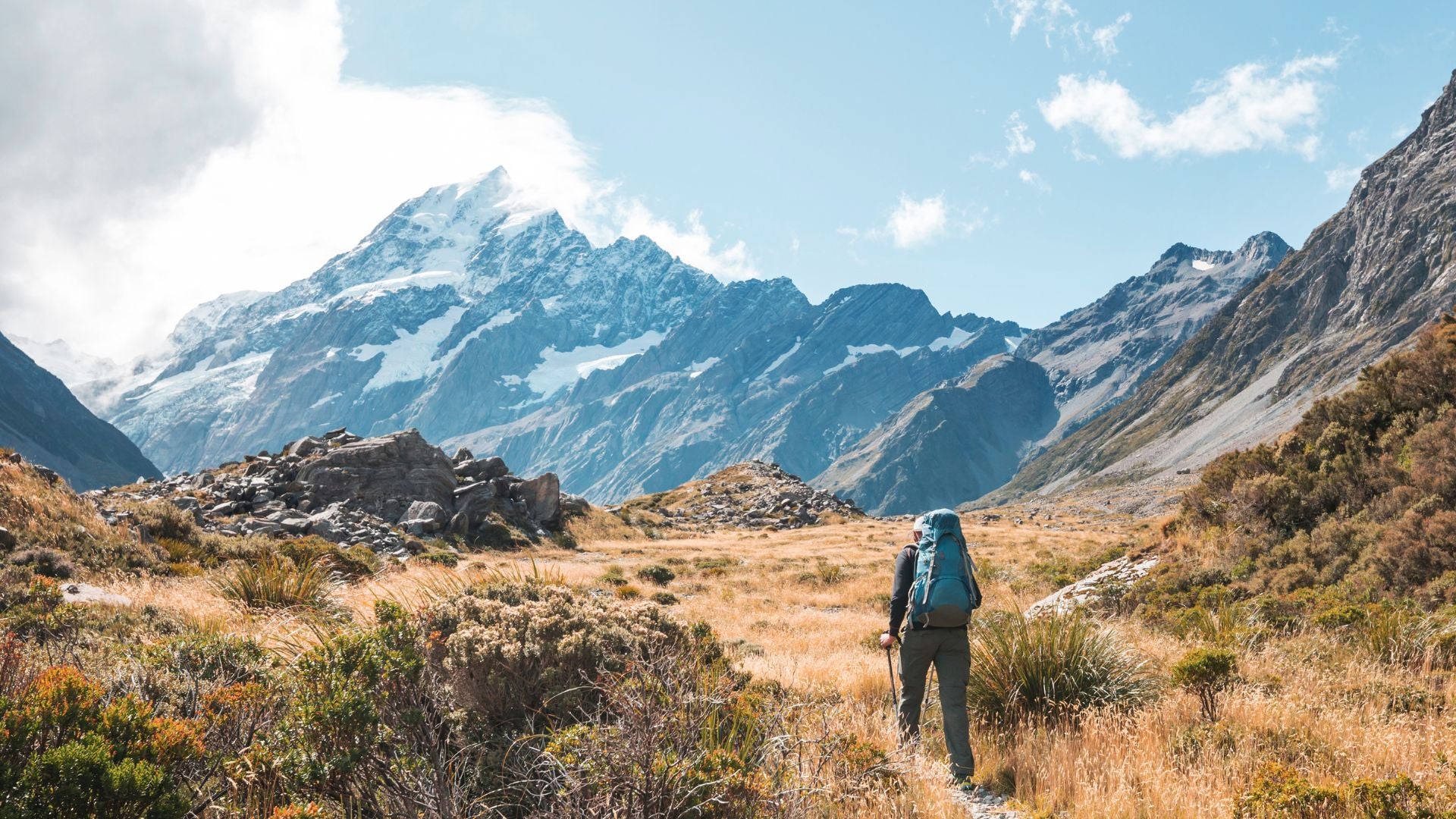
How To Train For Trail Running With Kilian Jornet
You might think road running and trail running are pretty much the same, but Kilian Jornet of NNormal Shoes says that there are some important distinctions between them that you should be prepared for. And if anyone knows it’s Kilian, who’s won more trail and mountain running races and set more records than anyone!
Kilian recommends these steps for proper preparation for long distance trail running.
1. Research the trail
Research the trail that you are going to be on in as much detail as possible, including how long you expect to be on it. Once you know the distance, you can begin to plan out how much food and water you’ll need.
2. Pace yourself before you begin
Take things slow before you even get on the trail. You should be limiting your caffeine intake, getting plenty of rest, and eating well.
3. Wear the right shoes
No matter what trail you are preparing for, you need to make sure your shoes are up to it too. The wrong running shoes or hiking boots can ruin your experience. They can cause blisters and other foot issues, and shoes without enough stability and traction can cause injury. NNormal Tomir and NNormal Kjerag shoes we have at Outside Sports are great options – and are super durable to stand up to rough terrain and sharp rocks.
4. Bring the right gear
Because long distance trail running can take you far from home and shelter, you need to be well prepared with the right gear. You’ll need water bottles and food. A running vest or hydration backpack like those we have at Outside Sports is a great idea because it makes it easy and convenient to carry food and drink without cramping your style. A light rain/wind jacket is also smart to take along, because New Zealand.
5. Don’t forget to eat and drink
Practice eating and drinking while running. Your requirement for water depends on the conditions, but it’s easy to drink too little. Set the timer on your watch to remind you to take a sip every 10 minutes. You should also take plenty of food and keep eating it. You don’t want to try to ration your food if you don’t have to. There’s more detail on this aspect of trail running lower down the page.
6. Check the weather forecast
New Zealand weather can change incredibly quickly and it takes a lot of unprepared people by surprise. It can get very wet and cold, or hot and dry very fast! So check the weather forecast starting from few days before you set out. Remember New Zealand weather forecasts can only ever be relied on three days in advance!
Exercise
1. Cardio
One of the most obvious things you’ll need to do if you want to train for trail running is to build up your cardio. Cardio cross-training exercises where you sustain elevated pulse rates for a long duration build endurance and strength, helping you to go further in trail runs. Cardio includes road running, biking, and swimming
2. Strength
Building strength in your legs and core is also important. Bodyweight workouts such as push-ups, planks, and sit-ups can help you increase the strength in your lower body. You might also want to hit the gym for specific weight training for your legs and core.
3. Agility
Trail running requires a lot more agility than road or track running. Rock dancing takes fancy foot and sure footedness. You can practice your footwork by doing rugby, soccer or basketball drills.
Nutrition and hydration
When you are out adventuring and hiking, it can be easy to forget about nutrition. After all, there are so many other things to think about, from getting your gear ready in the morning to checking that you have everything with you before you leave the house. Drink and stay well hydrated the days before a run. Also be careful not to overdo it and cause overhydration, listen to your body and drink in small amounts. If you start a race properly hydrated you should not need to drink until the first hour of the race.The best way to carry water is with a hydration backpack with a bladder or water bottles in a running vest. And you can carry both water and isotonic drinks.
Safe trail running tips
You can’t run trails in the same way you run on the road. Trail running requires a different set of techniques and skills to keep you from falling or twisting an ankle. It also calls for a different attitude— one that is more cautious, observant, and patient than your typical road race. Tricky terrain, awkward footing, and unexpected drops demand your full attention when trail running—especially if you don’t want to end up with scrapes and bruises in unexpected places.
Conclusion
Trail running requires a different set of skills to road running. Remember to go slow and steady, be flexible, take time to enjoy the trail around you, and use the right gear.



